Introduction
Azaleas are a favorite among gardeners and flower enthusiasts because of their vivid colors and delicate blossoms. These stunning shrubs belong to the Rhododendron genus and are known for their captivating beauty and versatility in landscaping. In this article, we will delve into the world of azaleas, exploring their origins, types, cultivation tips, and the mesmerizing allure they bring to any garden. Whether you’re an experienced gardener or a novice plant lover, this comprehensive guide will provide you with valuable insights to make the most of these enchanting flowers.
Table of Contents
- Introduction
- History and Origins
- Types of Azaleas
- Selecting the Perfect Azalea for Your Garden
- Planting Azaleas
- Soil and Light Requirements
- Watering and Fertilizing
- Pruning and Maintenance
- Dealing with Common Azalea Pests and Diseases
- Enhancing Azalea Blooms: Tips and Tricks
- Azaleas in Landscaping: Creating Stunning Displays
- Companion Plants for Azaleas
- Azaleas in Different Seasons
- Enjoying Azaleas Indoors: Container Gardening
- Azalea Festivals and Celebrations
- Conclusion
- FAQs
History and Origins
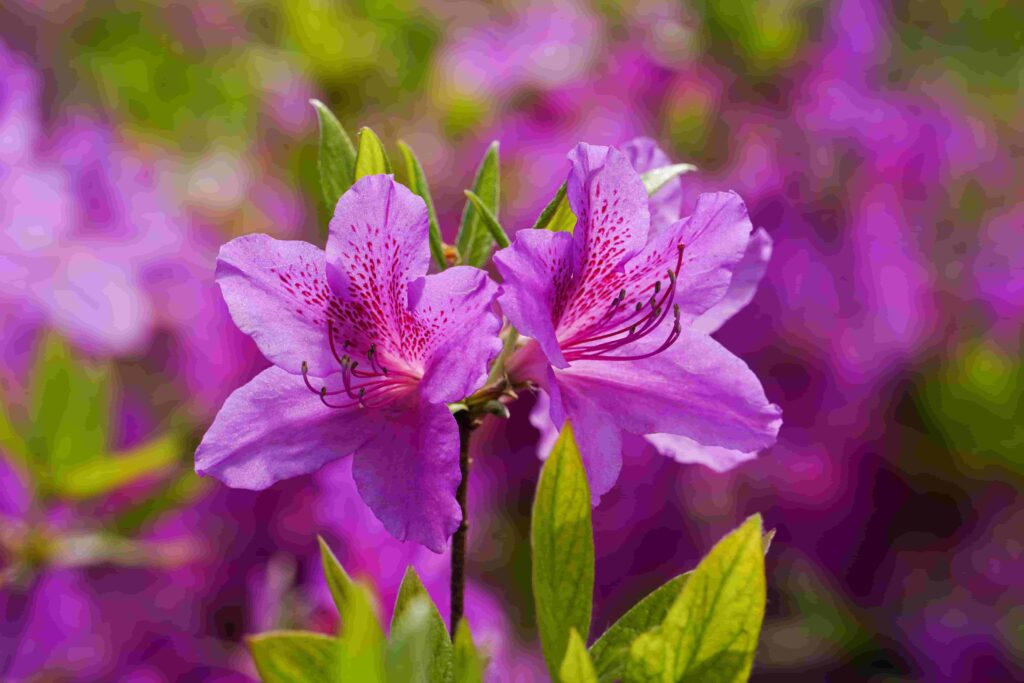
Azaleas have a rich history that dates back centuries. Originating primarily from Asia, these flowering shrubs have long been admired for their beauty. They have become particularly associated with Japanese culture, where they symbolize femininity and grace. These plants were introduced to Europe in the 18th century and gained immense popularity due to their ornamental value.
Types of Azaleas
Azaleas offer a wide range of varieties, each with its unique characteristics. From evergreen to deciduous, and from dwarf to tall, there is an azalea to suit every preference and garden style. Some popular types include:
Kurume Azalea
These compact and low-growing azalea plants originated in Japan. They produce an abundance of small flowers in various colors, including shades of pink, red, and white. Kurume azalea varieties are highly valued for their adaptability to different climates and their ability to thrive in containers.
Southern Indica Azalea
Southern Indica azalea plants are known for their large, showy blooms and glossy green foliage. They are evergreen and boast an extended blooming period. These azalea varieties are ideal for creating striking focal points in gardens and are often used for hedges or borders.
Native Azalea
These plants also known as deciduous azaleas, are prized for their vibrant colors and delightful fragrance. They are a popular among gardeners who want to give their landscapes a hint of untamed beauty. Native azalea varieties are found in various regions, including North America and Europe.
Satsuki Azalea
Satsuki azalea plants are highly regarded for their captivating blooms and their significance in Japanese culture. They come in a wide array of colors and patterns, making them a favorite choice for bonsai enthusiasts. These azalea varieties require precise care and are cherished for their aesthetic appeal.
Selecting the Perfect Azalea for Your Garden
When choosing an azalea for your garden, it’s essential to consider factors such as bloom time, color, size, and growth habit. Whether you prefer a compact variety for containers or a larger one for a focal point, there is an azalea to suit every taste and purpose. Consult with local nurseries or horticultural experts to identify the best azalea cultivars that thrive in your specific climate.
Planting Azaleas
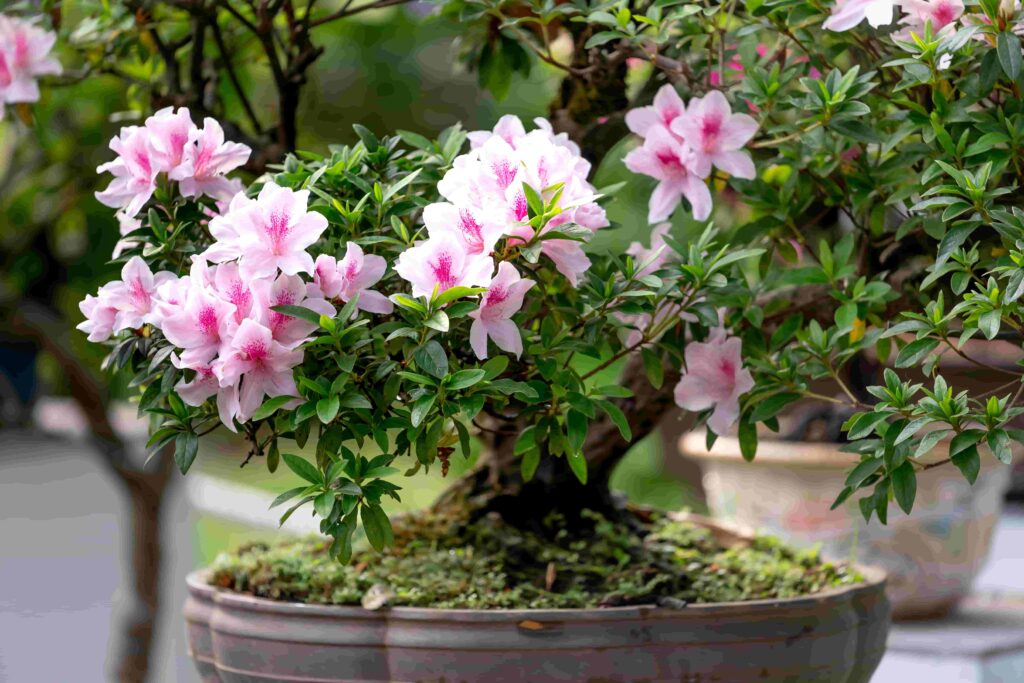
To ensure the health and longevity of your azalea plants, proper planting techniques are crucial. Follow these steps to plant your azalea successfully:
- Choose a suitable location with dappled shade or morning sun and afternoon shade.
- Prepare the soil by adding organic matter and making sure the soil has sufficient drainage.
- Dig a hole that is wide and shallow, allowing the azalea’s root ball to sit slightly above ground level.
- Gently place the azalea in the hole and backfill with soil, firming it gently around the roots.
- Water thoroughly after planting to settle the soil and promote root establishment.
Soil and Light Requirements
These plants grow well in soil that is acidic and has a pH of 4.5 to 6.0. It’s crucial to test your soil’s acidity and amend it accordingly to create the ideal growing conditions for azalea plants. Additionally, providing the right amount of light is essential for their healthy growth. Most azalea varieties prefer dappled shade or morning sun and afternoon shade to protect them from intense sunlight.
Watering and Fertilizing
Proper watering and fertilization are vital for azalea plants to thrive. These plants require moist soil but should not be waterlogged. Mulching around the base of the shrub helps retain moisture and regulate soil temperature. These plants also benefit from regular fertilization with a balanced, acid-forming fertilizer to promote healthy growth and abundant blooms.
Pruning and Maintenance
Pruning azalea plants is essential to maintain their shape, remove dead or diseased branches, and encourage new growth. These plants should be pruned soon after as their flowering season is over. Regular maintenance tasks, such as removing spent blooms and inspecting for pests or diseases, should be performed to ensure the well-being of your azaleas.
Dealing with Common Azalea Pests and Diseases
Despite being typically resilient plants, azaleas can be vulnerable to some pests and diseases. Common issues include lace bugs, spider mites, powdery mildew, and root rot. Regular monitoring, proper cultural practices, and timely treatment can help prevent and control these problems effectively.
Enhancing Azalea Blooms: Tips and Tricks
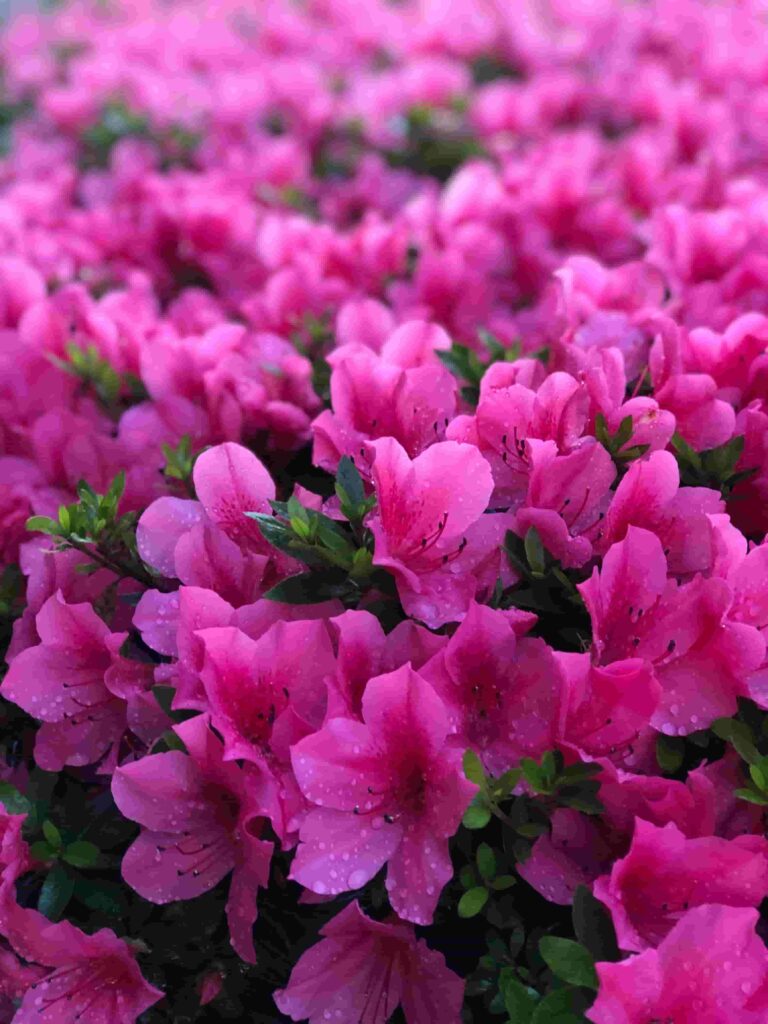
If you want to boost the beauty of your azalea blooms, consider implementing these tips and tricks:
- Deadheading wasted blooms on a regular basis encourages further blossoming.
- Mulch application around the base aids in moisture retention and controls soil temperature.
- Avoid excessive fertilization, as it may lead to lush foliage but limited blooms.
- Provide adequate airflow by avoiding overcrowding and spacing the azaleas appropriately.
Azaleas in Landscaping: Creating Stunning Displays
Azaleas offer endless possibilities for creating stunning displays in your garden. Whether you’re aiming for a colorful border, a vibrant mass planting, or an eye-catching focal point, azaleas can be incorporated into various landscaping styles. Their versatility makes them an excellent choice for both formal and informal garden designs.
Companion Plants for Azaleas
Choosing the right companion plants can enhance the beauty of your azaleas and create harmonious plant combinations. Some suitable companion plants include:
- Hostas: Their large foliage provides an attractive contrast to the delicate azalea blooms.
- Heucheras: These colorful perennials offer a stunning backdrop for azaleas.
- Ferns: The feathery fronds of fern would add a touch of elegance and texture to the azalea display.
Azaleas in Different Seasons
One of the remarkable qualities of azaleas is their ability to showcase their beauty in different seasons. While they are most famous for their spring blooms, many varieties also offer captivating foliage colors in the fall. By selecting a diverse range of azalea cultivars, you can enjoy a year-round display of colors and textures in your garden.
Enjoying Azaleas Indoors: Container Gardening
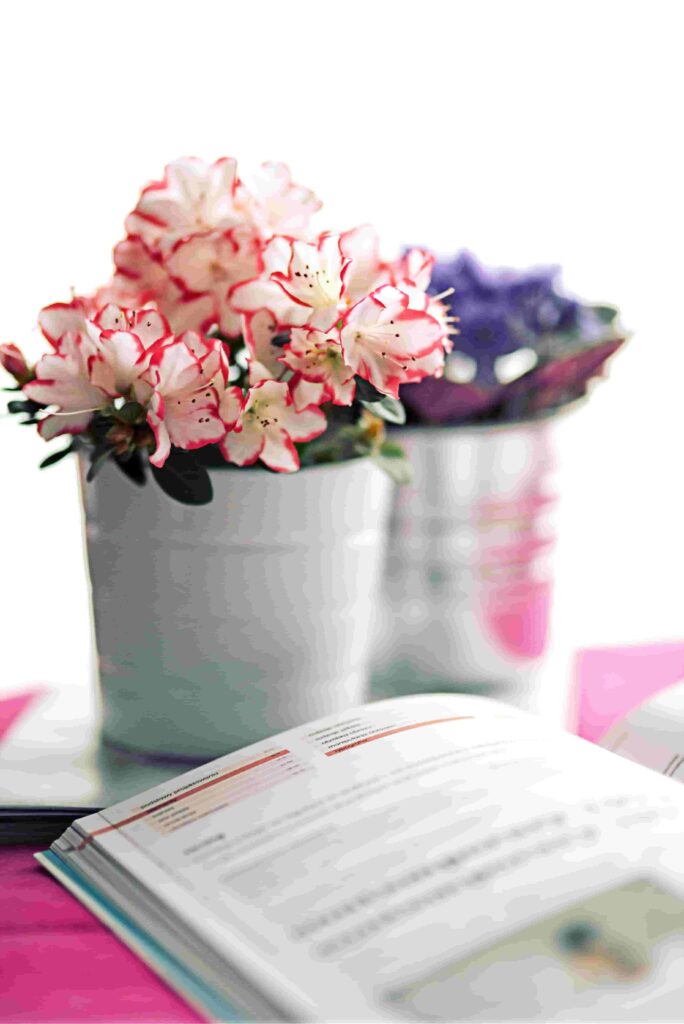
If you have limited space or want to bring the beauty of azaleas indoors, container gardening is an excellent option. Choose compact or dwarf varieties that thrive in containers, and place them near a window where they can receive the right amount of sunlight. With proper care and attention, azaleas can brighten up your indoor spaces and add a touch of natural beauty.
Azalea Festivals and Celebrations
Azaleas have inspired numerous festivals and celebrations worldwide, where these enchanting blooms are celebrated in all their glory. From the famous Azalea Festival in Wilmington, North Carolina, to the Tsutsuji Matsuri in Japan, these events offer a chance to immerse yourself in the beauty and cultural significance of azaleas. Attend these festivals to witness breathtaking displays, cultural performances, and a vibrant celebration of these stunning flowers.
Conclusion
Azaleas are a true gift to gardeners and flower enthusiasts, enchanting us with their captivating blooms and vibrant colors. Their versatility, ease of cultivation, and ability to adapt to various climates make them a popular choice for any garden. By understanding their history, types, cultivation requirements, and potential for landscaping, you can unlock the full potential of these enchanting shrubs and create a garden filled with natural beauty.
FAQs
Q: How often should I water my azaleas?
A: Azaleas prefer moist soil, so water them regularly. However, excessive watering should be avoided since it may result in decay of the roots.
Q: Can azaleas grow in full sun?
A: Most azaleas prefer dappled shade or morning sun and afternoon shade to protect them from intense sunlight. However, some varieties can tolerate more sun exposure.
Q: How tall do azaleas typically grow?
A: The height of azaleas varies depending on the variety. Some dwarf varieties reach only a few feet, while others can grow up to 6 or 8 feet tall.
Q: Can I plant azaleas in containers?
A: Yes, many azalea varieties are suitable for container gardening. Choose compact or dwarf cultivars and ensure proper drainage in the containers.
Q: How often should I fertilize azaleas?
A: Azaleas benefit from regular fertilization in the spring and early summer. Use a balanced, acid-forming fertilizer specifically formulated for azaleas.

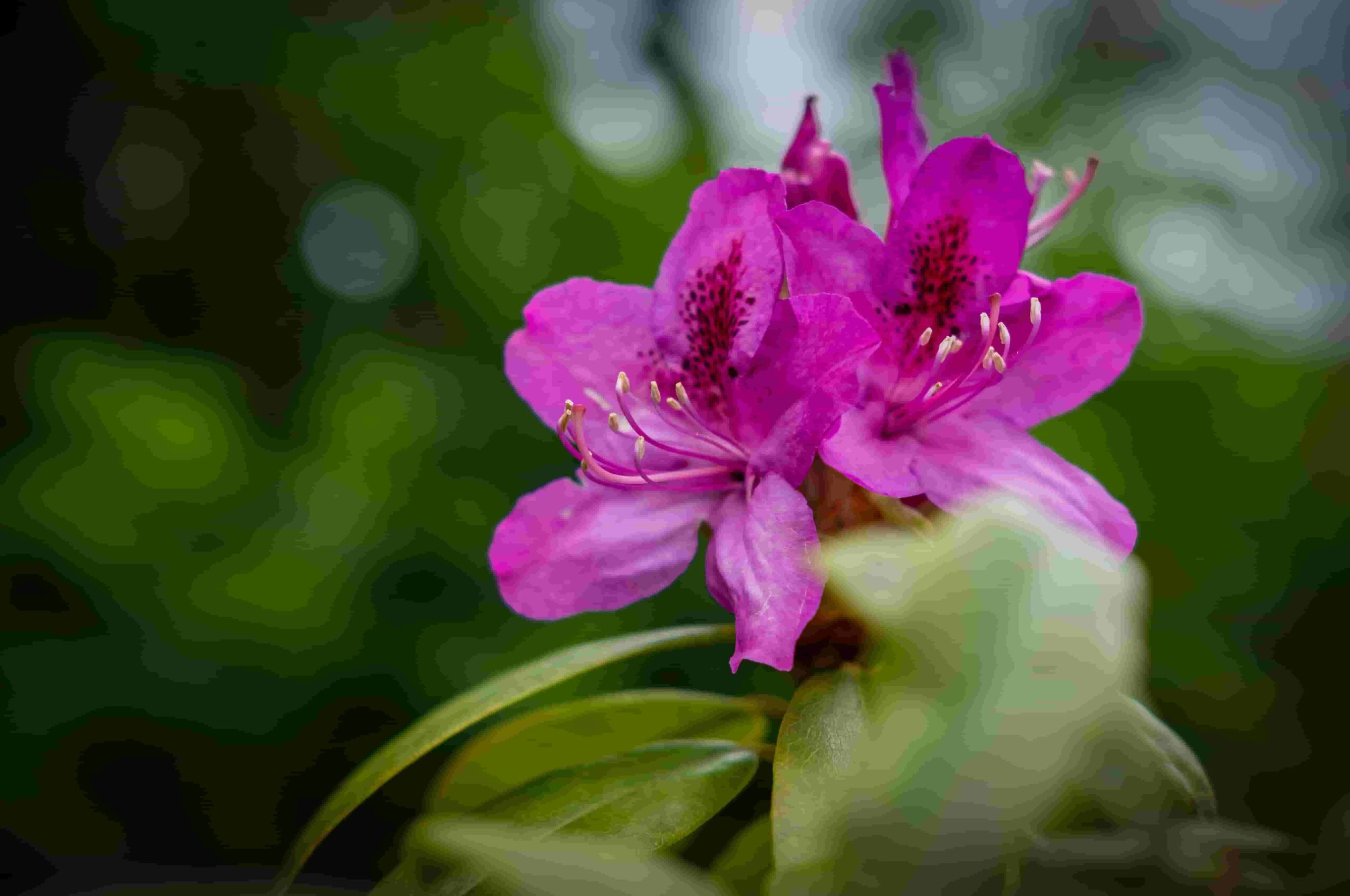
est qui id omnis sit et ut qui dolorem dignissimos temporibus quia autem eveniet id expedita et magnam. dolore et enim rerum sed maxime ut suscipit maiores. voluptatem deserunt odit iure doloremque co
non laborum ea autem corrupti quis minima aut dignissimos nihil natus dolor atque corrupti sit repellendus nobis. aut provident voluptatem ea explicabo omnis beatae nemo cumque laudantium distinctio e